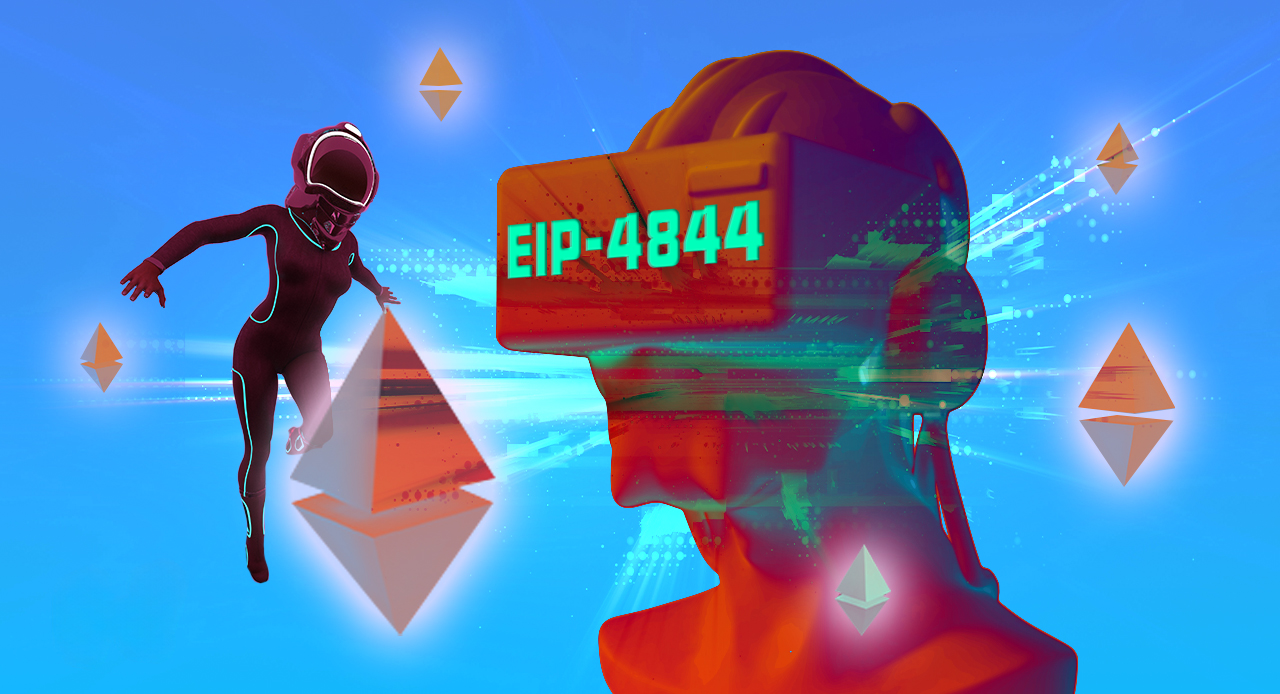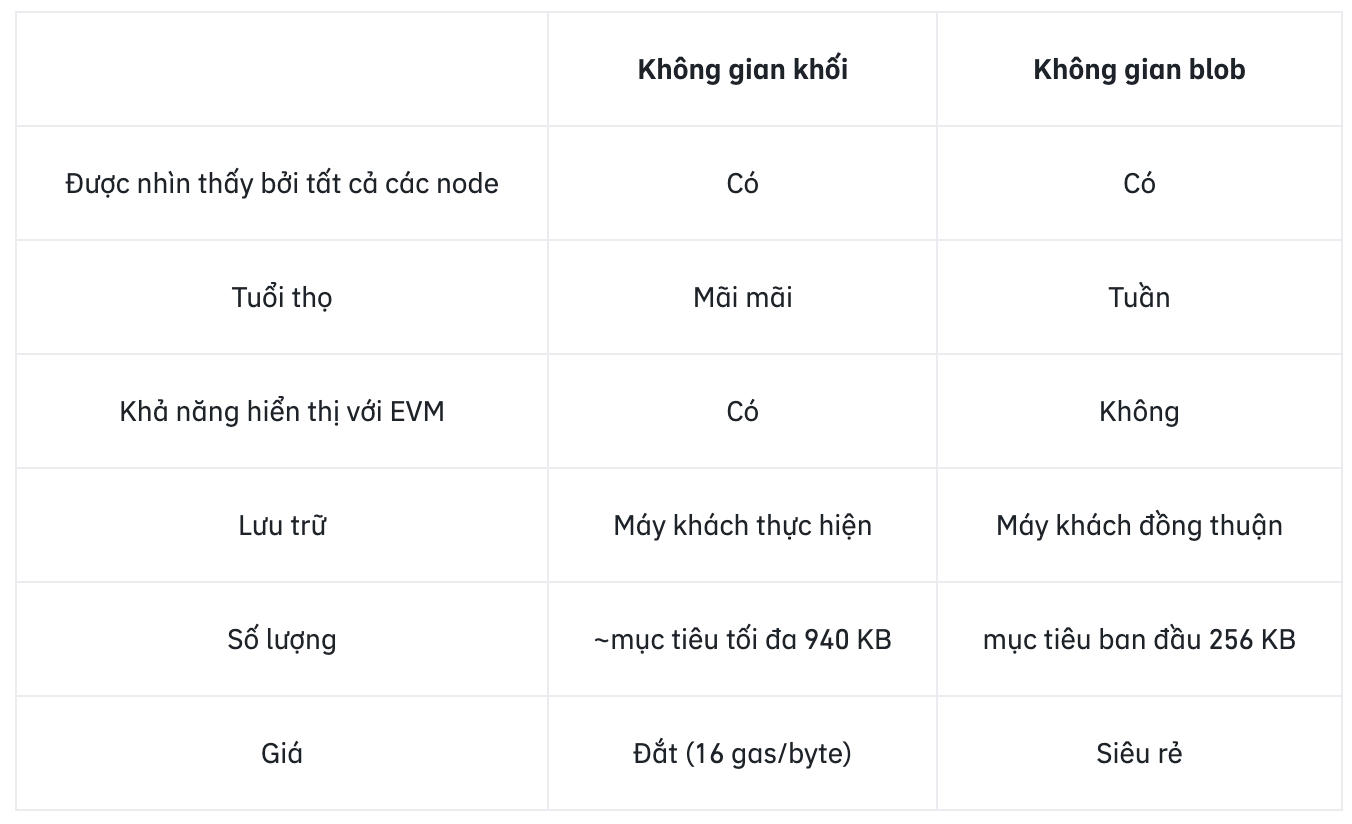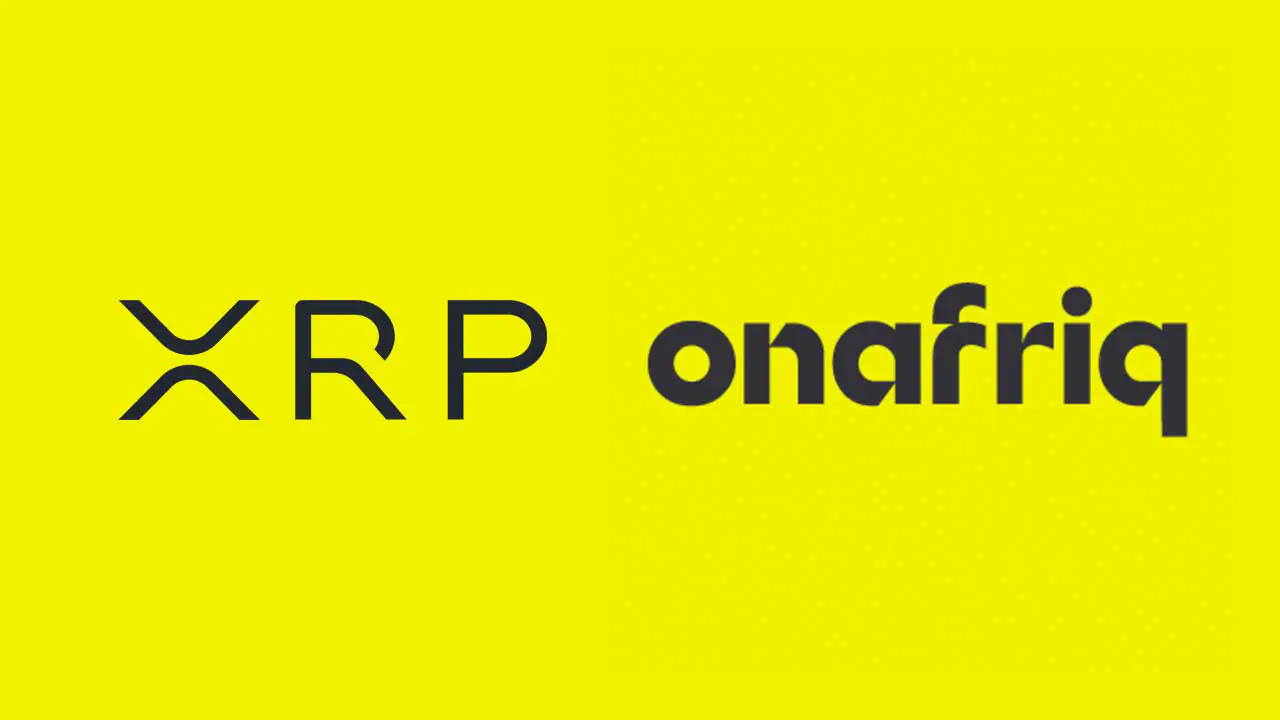What is EIP-4844?How it works and the benefits for users

[ad_1]
EIP-4844, also known as proto-danksharding, is a proposed protocol upgrade Ethereum Reduce costs and increase transaction processing capabilities. EIP-4844 intends to achieve this goal by introducing a new transaction type that allows accepting “blob” (binary large object) data.
EIP-4844 will perform “bolt spot” connections with blocks.This is the last step before implementation technology Sharding will be fully implemented in the future, allowing Ethereum to manage global transactions.
With the power of EIP-4844, Ethereum can optimize transaction processing capabilities and reduce the costs incurred. This has important implications for Ethereum projects and users, allowing them to conduct transactions efficiently and minimize transaction fee limits.
Overview
Over the years, developers Ethereum Solutions have been searched and provided to meet the growing needs of users. Ethereum upgrades such as merges and rollups have been proposed to support increased transaction throughput and reduced costs.
However, transaction costs on Ethereum are still too high for many, and transaction throughput is not enough to meet demand. This has slowed down the mass adoption of Ethereum. To solve this problem, Ethereum is implementing solutions to protect its data in the long term.
One of the proposed solutions is data segmentation via EIP-4844. In this way, Ethereum will be ready for complete danksharding, achieving a throughput of approximately 100,000 transactions per second (TPS) without compromising decentralization or security. Although implementing data segmentation is a long and complex process, EIP-4844 is proposed as an important transitional step in the process.
What is EIP-4844?
EIP-4844 (proto-danksharding) is an improvement proposal protocol for Ethereum that allows developers to introduce new features and solutions to the protocol. Sharding, or sharding, is a technique that divides a database into smaller segments to manage data more efficiently. Danksharding is a special sharding technology for Ethereum that promises to improve Ethereum’s performance and scalability.
Danksharding is expected to reduce transaction costs and increase Ethereum’s throughput. Ethereum’s transactions per second (TPS) are expected to increase from the current 15 TPS to around 100,000 transactions. Danksharding enables Ethereum to scale significantly.
Some important differences between danksharding and other Ethereum proposals are that danksharding provides more space for data blocks, but not for transactions. Additionally, danksharding uses a unified fee market where only one backer selects transactions for all shards. This reduces the Maximum Extractable Value (MEV) problem and will enable proposer/builder split.
EIP-4844 (proto-danksharding) is the next step before the full implementation of danksharding and will increase TPS by approximately 1000. Most importantly, EIP-4844 introduces a new transaction type that accepts “blob” data – a key element of danksharding. EIP-4844 is expected to be implemented in the second half of 2023, but may be delayed.
Through danksharding, Ethereum hopes to improve the scalability and performance of the network while also helping to reduce transaction costs.This has the potential to significantly improve applications Blockchain and scale up.
How does EIP-4844 work?
As Ethereum and its community attempt to solve the problem of increasing block sizes without significantly impacting network performance, EIP-4844 was introduced with the goal of creating a new type of transaction called a “transaction brings blob”.
EIP-4844 allows binary large objects (also known as “bolt blobs”) to be attached to blocks. This reorganizes transactions to handle large amounts of data. However, the important difference is that blob space and block space are not exactly the same.
In this context, as a content SEO expert, I cryptocurrencyrewrite the above content and translate it into Vietnamese as follows:
To solve the block size issue in Ethereum without affecting network performance, EIP-4844 was introduced and introduced a new transaction type “blob carry transaction”.
EIP-4844 allows binary large objects called “bolt blobs” to be attached to blocks. Therefore, restructuring transactions will increase the ability to handle larger data. However, it is worth noting that blob space and block space are not exactly similar. “

EIP-4844 is an improvement proposal for Ethereum that proposes using blobs to standardize transaction evaluation and storage space management. Blobs are large blocks of data, but are not stored permanently and are not displayed on the Ethereum Virtual Machine (The assessed value), they only last a short time and are not visible on the EVM. Blobs also don’t sit in the heavy computational execution layer, but in the Ethereum consensus layer. Using blobs during transaction evaluation saves storage space compared to using blocks.
In addition to introducing the use of blobs for transactions, EIP-4844 also recommends that validation rules, execution layer logic, multi-way fee markets, and other system changes related to the danksharding process be fully implemented in the future.
Note that while EIP-4844 will implement most of the protection logic, it will not actually perform any protection. However, EIP-4844 can still bring scale and cost savings benefits and help Ethereum further achieve the cost and throughput levels required for mass adoption.
What benefits does EIP-4844 bring to users?
EIP-4844 is an important improvement to the Ethereum protocol and is part of the Ethereum development plan. Currently, preparations for the implementation of EIP-4844 are progressing rapidly, with test networks already in operation and technical specifications finalized.
Once EIP-4844 is successfully deployed, users will experience significant improvements such as transaction acceleration and reduced transaction fees. Implementing EIP-4844 will also help Ethereum become more competitive in the cryptocurrency industry.
Some users have questions about how to access old deleted blob data. This blob is supposed to sit on Ethereum’s consensus layer and be used to store real-time information more securely for other protocols. Even if the blob is deleted after some time, the data is still available in a long-term storage system elsewhere. “
generalize
EIP-4844 is an important upgrade to the Ethereum protocol. This is part of a larger plan to improve the system, which includes other upgrades such as PBS and EIP-1559.
EIP-4844 is complex and brings a lot of changes to Ethereum. But it’s worth noting that most of these changes are aimed at reducing costs and speeding up transactions.
Understanding EIP-4844 will help you better prepare for the coming changes. However, it is important to remember that Ethereum technology is constantly evolving and improving. EIP-4844 is just one of many important future upgrades that will help Ethereum become a global transaction network that competes with other platforms.
[ad_2]
Source link





